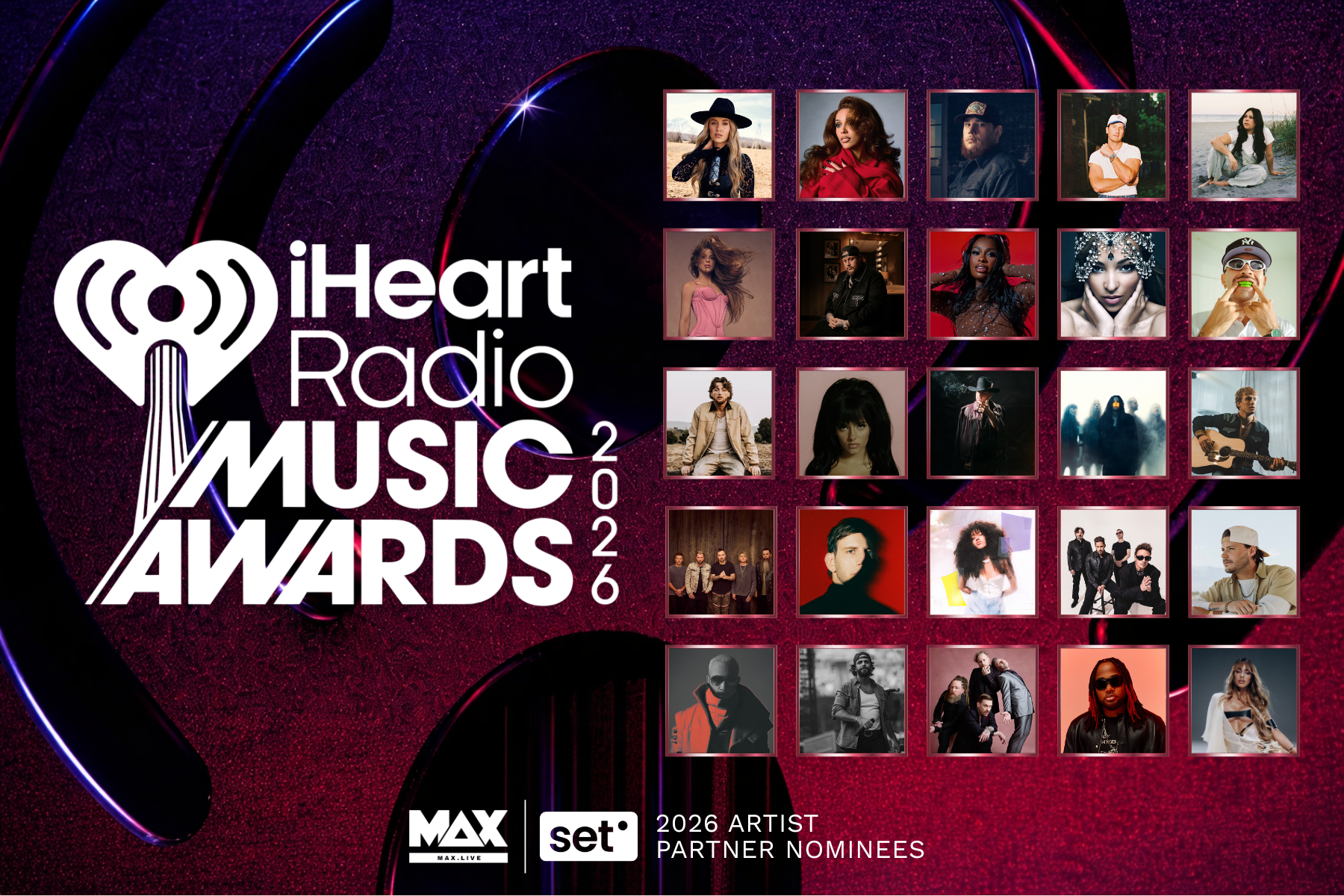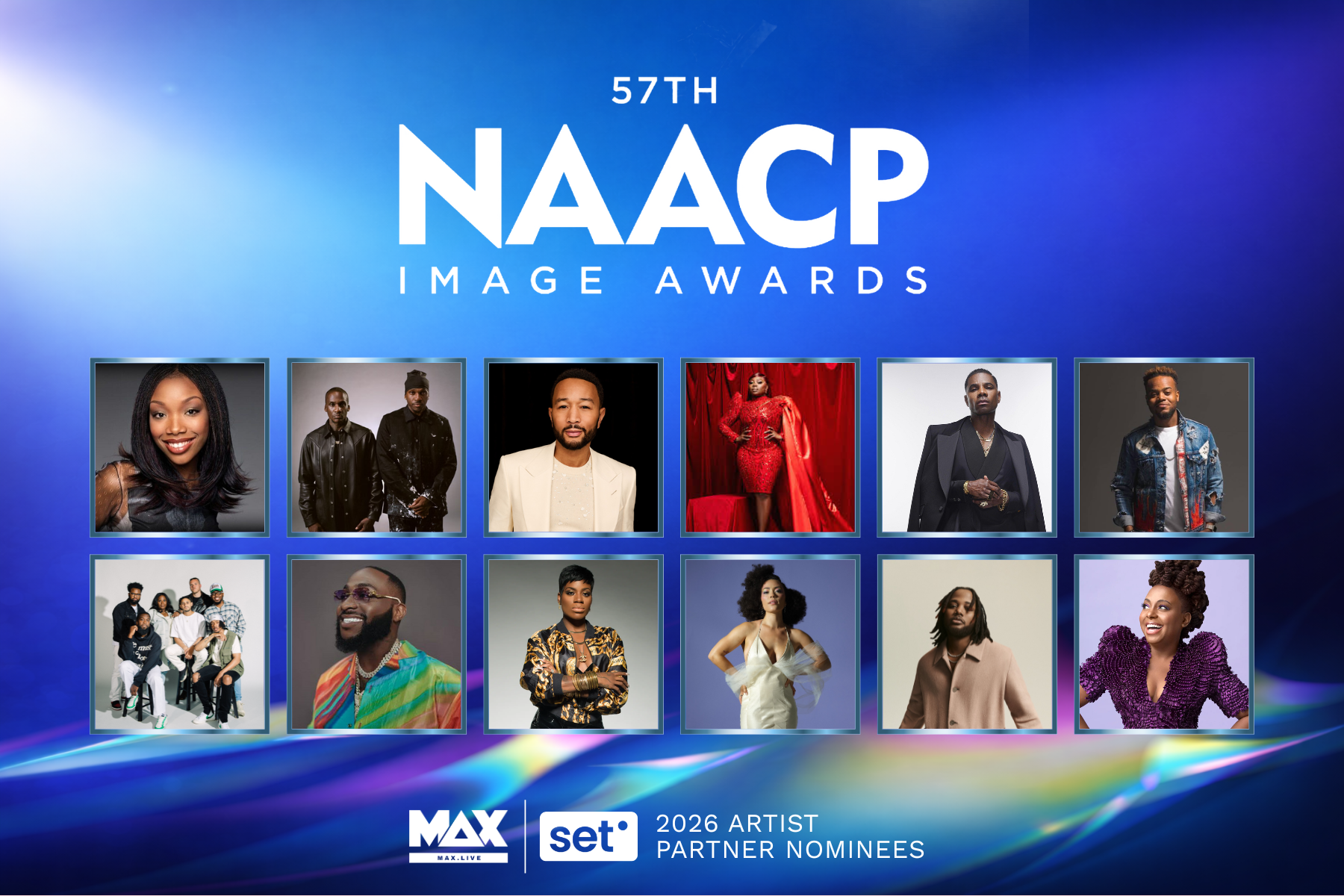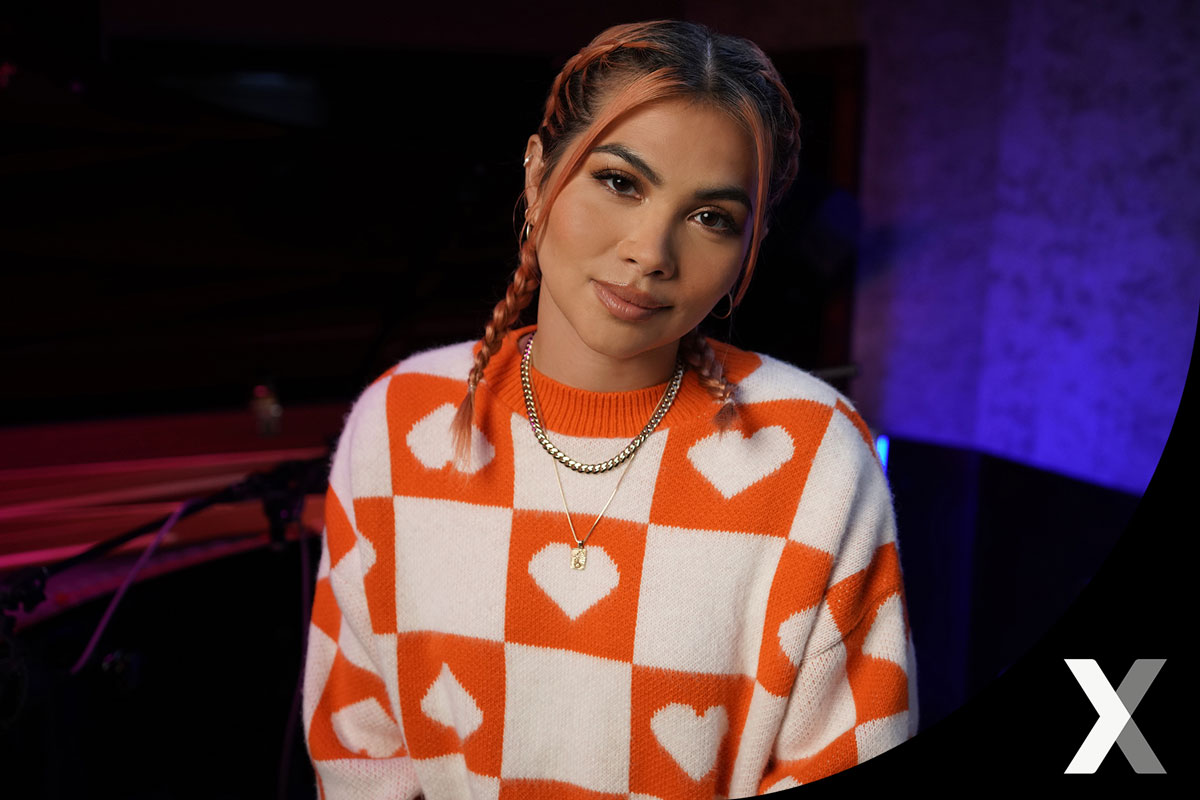2026 iHeartRadio Music Awards
These artists can't stop, won't stop (getting nominated for giant piles of awards)!

Today’s marketers, recognizing that multicultural audiences in the U.S. represent a massive opportunity, are seeking new ways to engage and define those communities. Historically, there’s been two camps. On one hand, there’s general consumer marketing, which is meant to speak to the total market—what you might call a “Main Street, USA” audience. On the other hand, there’s multicultural marketing, which by default has basically become a catchall for non-white audiences.
That distinction never made much sense, but in a moment of intense cultural disruption, brands are realizing that these kinds of labels are simply inadequate for the reality of U.S. society. So what’s the current situation look like?
In its Guide to Multicultural Marketing, Pandora pointed out that Black, Asian, and Hispanic consumers collectively control $3.4 trillion in buying power, and that in the coming decades those groups will combine to create a non-white U.S. majority. Given those broader trends, you have to ask why advertising budgets allocate relatively few dollars to multicultural agencies, given the growth in population and purchasing power of those audiences?
There is no doubt that marketing has made great strides over the past decade toward greater inclusiveness. In fact, many brands enjoy significant social media and sentiment lift because they cast for diversity. That’s a good thing, because America is more diverse than what we have historically seen in mass media. But if the strategy is simply to infuse diversity into total market campaigns, brands’ messages will inadvertently ignore the need for culturally nuanced ads, because the thinking goes, diverse ads speak to everyone.
As multicultural initiatives get rolled into total market campaigns, advertisers don’t have any incentive to increase multicultural budgets. For this reason, marketers should be careful to avoid making the mistake of assuming that diversity in total market ads means they can or should shrink their multicultural budgets or do away with them altogether. Such a mistake might look like progress on the surface but could certainly end up being a step in the wrong direction.
In marketing circles, multicultural can mean any ethnic or racial group, but within those groups there are intricate levels of nuance. Take Latinos as just one example. At nearly 60 million people, U.S. Latinos represent a significant market for American brands. But of course, Latino identity is more complex than a singular label. First-generation Latino Americans experience a decidedly different cultural reality than their children or grandchildren. Likewise, a Mexican-American is going to have very different cultural touchpoints than Latinos who come from South American or Caribbean countries. And like all Americans, geographic location is critical—the cultural experience of Latinos in the Southwest is literally and figuratively thousands of miles away from Latinos in New England.
None of that nuance registers in the legacy TV model, where doing Spanish language ads has long been the approach to addressing Latino audiences. Digital, however, is a different story. By using the rich data that digital provides, marketers can now tap into something deeper and much more powerful than an ad that’s in Spanish and includes a diverse face. After all, the music we choose and the media we cherish aren’t just preferences, they’re proven signifiers of identity.
As marketers, we are at a crucial moment in time where we no longer have to adhere to the constructs of a legacy model that divides Americans into demographics. Today we have the opportunity to follow the audience data to better understand a culture that reflects the lived reality of the people we want to reach — and when we do, the results will truly be a beautiful mosaic.
Originally published on mediapost.com
Music Audience Exchange (MAX) was founded in 2014 with a mission to help champion incredible music and the artists who make it through strategic, data-driven partnerships with brands. MAX brings brands into the music promotional space in a way that puts engaging content into the world through a value-exchange model that drives the brand’s objectives and elevates breakthrough bands along the way. If you’d like to learn more about Music Audience Exchange and what a music promotion program would look like for your brand, send us a note.

These artists can't stop, won't stop (getting nominated for giant piles of awards)!

The 57th NAACP Image Awards recognizes artists making an impact across music, film, and television. This year’s nominations include 12 MAX/SET artist...

Tobacco Free CA: “I Can Quit”

1 min read
ACM nominations have been announced! We are so excited that SIX of the artists we’ve partnered with at MAX have received nominations— some of them...

On Wednesday, March 14th, our very own Jarred Goldner, Director of Artist Relations, participated in a panel discussion at SXSW in Austin, Texas this...

Last week we discussed how music helps us define ourselves as individuals. This week, we examine the power that music has to connect.